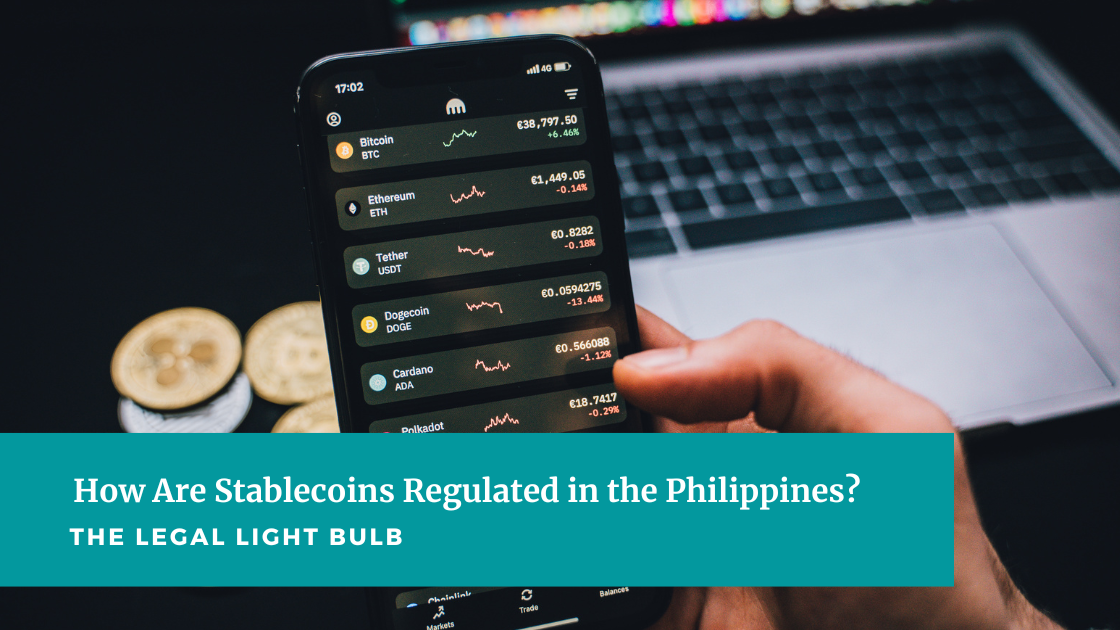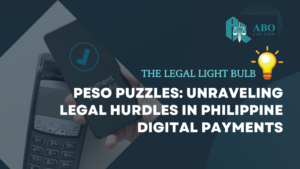The emergence of technology has certainly paved the way for significant scientific and economic breakthroughs. Since the advent thereof, letters, snail mails, and even cash and coins have become a thing of the past—archaic, as they say. Today, people use smartphones, e-wallets, and cryptocurrency.
It won’t be long until every aspect of our lives is piloted by the digital domain.
The accelerating speed at which these developments are happening may, however, be overwhelming, as many are still in the process of adapting to the digital epoch. Blockchain technology and cryptocurrency are just one of the many aspects of cyberspace that continue to perplex many.
In essence, blockchain is “an open, decentralized ledger that records transactions between two parties in a permanent way without needing third-party authentication”[1]. Meanwhile, cryptocurrency is the medium of exchange created, used, and stored electronically in the blockchain in order to secure a given transaction as well as to verify transfers of ownership.[2] The interplay of both makes the entire decentralized system very cost and time efficient. However, since the system is both distinctively enticing and operative without a central authority, the platform is likewise a powerful magnet for fraud. People moreover frowned upon the high volatility of cryptocurrency in the token market.
Fortunately, the development of stablecoins addressed this volatile nature of the digital currency by pegging its value to a stable asset like a commodity, another cryptocurrency, or a fiat currency such as USD or PHP. It can thus be said that a stablecoin’s value is contingent upon the asset to which it is tied. However, it should be clarified that the term “stablecoin” does not mean that the token’s value will always be stable.[3] Essentially, the issuer provides the user with a stablecoin in exchange for a currency (usually at a one-to-one exchange rate), with an undertaking on the part of the issuer to provide the user with a right to redeem, upon request, the stablecoin at par or at the same one-to-one exchange rate.
The lack of the associated volatility coupled with the blockchain’s security makes stablecoins all the more attractive to investors and the general public as a whole. Investors, in particular, have grown fond of the convenience of stablecoins in loans. While traditional finance takes time and is costly, stablecoin loans are effected within hours or even minutes. Borrowers are also able to stipulate the terms of payment, interest rate, and minimum payments.
Nevertheless, since cryptocurrency has yet to be widely regulated in the Philippines, there is likewise very little regulation on stablecoins as a digital asset. There is even confusion as to how they are to be classified under law.
Several proponents argue that stablecoins should be deemed as “securities” since their price is fixed to their peg. Under Section 3 of the Securities Regulation Code of the Philippines (“SRC”), security, in order to be subject to regulation, must fall under the following definition:
[S]hares, participation, or interests in a corporation or in a commercial enterprise or profit-making venture and evidenced by a certificate, contract, instruments, whether written or electronic in character. It includes:
- Shares of stocks, bonds, debentures, notes evidence of indebtedness, asset-backed securities;
- Investment contracts, certificates of interest or participation in a profit-sharing agreement, certifies of deposit for a future subscription;
- Fractional undivided interests in oil, gas, or other mineral rights;
- Derivatives like options and warrants;
- Certificates of assignments, certificates of participation, trust certificates, voting trust certificates, or similar instruments;
- Proprietary or nonproprietary membership certificates in corporations; and
- Other instruments may in the future be determined by the Commission.
Thus, it has been argued that so long as a stablecoin falls under the above definition of securities, it shall be regulated by the SRC. The issue, therefore, is how stablecoins are to be regulated when it is not deemed as a security. For instance, stablecoins that are principally crafted to maintain their value (thus negating any expectation of profits) cannot fall in the above definition of securities which require some form of profit-making endeavor, especially when dealing with an investment contract. Additionally, those stablecoins that are purely derived via an algorithm as well as those that are not backed by collateral cannot be regarded as securities.[4]
Ultimately, the determination of whether a digital asset, including stablecoin, is a security or not shall be done on a case-to-case basis. In fact, this has also been the legal opinion of the U.S. Securities and Exchange Commission (“SEC”) in its public statement last September 2020.[5]
Written by: Atty. Jennifer Denise Gueco
[1] Marr, B. (2018, February 16). A Very Brief History of Blockchain Technology Everyone Should Read. Forbes. https://www.forbes.com/sites/bernardmarr/2018/02/16/a-very-brief-history-of-blockchain-technology-everyone-should-read/?sh=2475dd4c7bc4
[2] Making Sense of Bitcoin, Cryptocurrency and Blockchain, PWC. https://www.pwc.com/us/en/industries/financial-services/fintech/bitcoin-blockchain-cryptocurrency.html
[3] Padilla, R. (2020, October 30). Legal and Regulatory Aspects of Stablecoins, https://cdn.bitpinas.com/wp-content/uploads/2020/11/16100525/Legal-and-Regulatory-Aspects-of-Stablecoins.pdf
[4] Id.
[5] Id.





